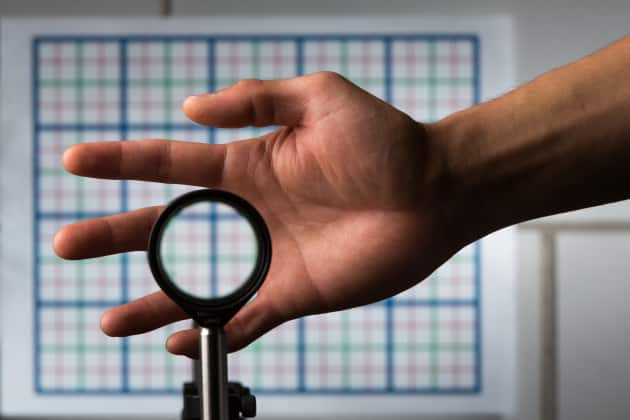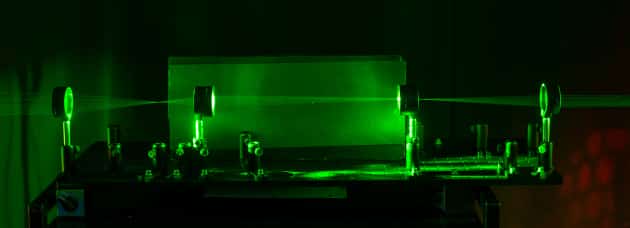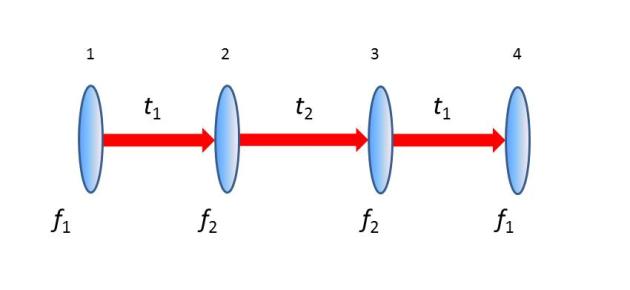Remember, there was invisibility cloak in the movie of Harry Potter? Most probably, inspired by that movie, to be more specific, by that invisibility cloak, lately scientists at the University of Rochester have developed a real life invisibility cloak. Now you can hide objects using ordinary lenses.
Cloaking is the process by which an object becomes hidden from view, while everything else around the cloaked object appears undisturbed. And now, scientists have discovered a way to hide large objects from sight using inexpensive and readily available lenses. However, the so-called Rochester Cloak is not really a tangible cloak at all. Rather the device looks like equipment used by an optometrist.
When an object is placed behind the layered lenses it seems to disappear. In their tests, the researchers have cloaked a hand, a face, and a ruler – making each object appear “invisible” while the image behind the hidden object remains in view. The implications for the discovery are endless.
Joseph Choi, a graduate student who helped develop the method at Rochester, said, ” … we know this is the first cloaking device that provides three-dimensional, continuously multidirectional cloaking.” He also said that it “can be used for surgery, in the military, in interior design, art.”
It is to be noted here that we do have many cloaking methods now, but they all are quite complicated and expensive. Besides, they are not able to hide objects in three dimensions when viewed at varying angles.
Scientists have submitted a paper to the journal Optics Express and available on arXiv.org. If you want to create a Rochester Cloak at home for under 100, just follow these simple steps given below:
- Purchase 2 sets of 2 lenses with different focal lengths f1 and f2 (4 lenses total, 2 with f1 focal length, and 2 with f2 focal length)
- Separate the first 2 lenses by the sum of their focal lengths (So f1 lens is the first lens, f2 is the 2nd lens, and they are separated by t1= f1+ f2).
- Do the same in Step 2 for the other two lenses.
- Separate the two sets by t2=2 f2 (f1+ f2)/(f1— f2) apart, so that the two f2 lenses are t2 apart.
Here’s a video of the Rochester Cloak.
Source: University of Rochester
[ttjad keyword=”waterproof-camera”]







